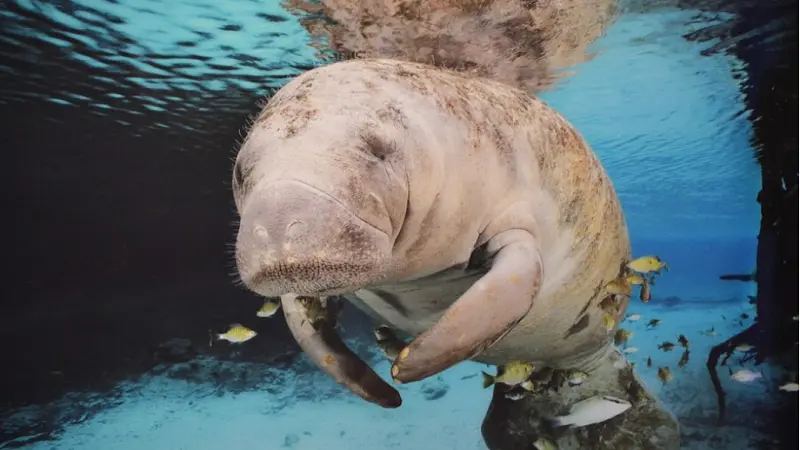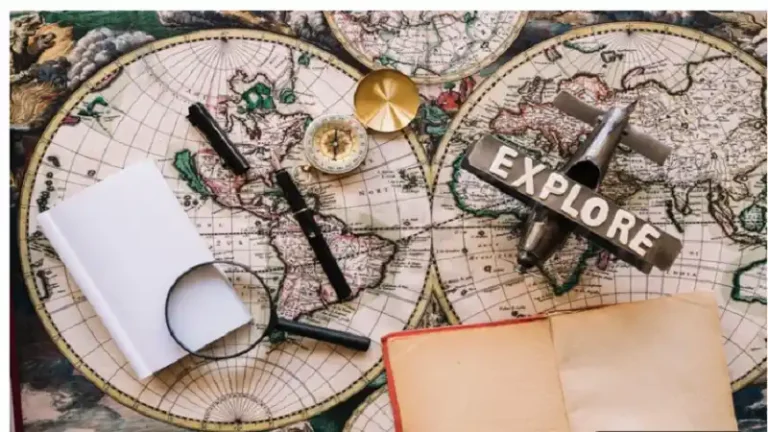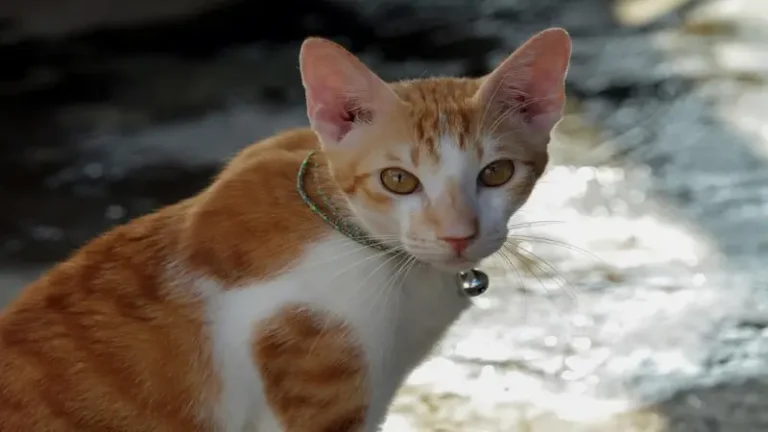Webnet Manatee
In the heart of Florida’s aquatic landscapes, a gentle giant roams the waters—the manatee. Often referred to as “sea cows,” these remarkable creatures are more than just a sight to behold; they embody the delicate balance of marine ecosystems and the importance of conservation efforts. Among the various conservation initiatives, one innovative approach stands out: the Webnet Manatee project. This article delves into the fascinating world of manatees, the threats they face, and how the Webnet Manatee initiative aims to protect these beloved marine mammals.
The Manatee: An Overview
Manatees are large, herbivorous marine mammals that belong to the order Siren, which also includes dugongs. These gentle creatures can weigh between 800 to 1,200 pounds and grow up to 13 feet in length. They are characterised by their round bodies, paddle-like flippers, and a flat, rounded tail that resembles a large, horizontal fin.
Habitat and Behavior
Manatees inhabit shallow coastal waters, rivers, and springs in warm regions, with Florida being a prime habitat. They are often seen grazing on aquatic vegetation, including sea grasses and freshwater plants. Social by nature, manatees can be solitary or found in small groups. Their slow movements and gentle demeanour make them a favorite among boaters and wildlife enthusiasts.
Unique Traits
One of the most captivating aspects of manatees is their behaviour. They can hold their breath for up to 20 minutes while diving, but they typically come to the surface every few minutes to breathe. Manatees are also known for their inquisitive nature; they often approach divers and swimmers, making encounters with humans a memorable experience.
The Threats Facing Manatees
Despite their charm, manatees face significant threats that jeopardize their populations. Understanding these threats is crucial for any conservation efforts, including the Webnet Manatee project.
Habitat Loss
As coastal development continues, manatees are losing critical habitats. Sea grass beds, their primary food source, are declining due to pollution, boating activities, and shoreline construction. These changes disrupt the delicate balance of their ecosystem and make it harder for manatees to find food and shelter.
Boat Collisions
Boat strikes are one of the leading causes of manatee deaths. With many waterways popular for recreational boating, these gentle giants often fall victim to fast-moving vessels. Efforts are underway to raise awareness and promote safe boating practices in manatee habitats.
Climate Change
Climate change poses a significant threat to marine life, and manatees are no exception. Rising sea levels and increasing water temperatures can alter their habitats and food sources. Additionally, severe weather events like hurricanes can lead to habitat destruction and disrupt their migratory patterns.
Red Tide and Water Quality
The phenomenon of red tide, caused by harmful algal blooms, can be detrimental to manatees. These blooms produce toxins that can harm marine life and degrade water quality. Poor water quality, often exacerbated by runoff and pollution, can further impact sea grass health, making it harder for manatees to thrive.
Introducing the Webnet Manatee Project
Recognising the urgent need for conservation, the Webnet Manatee project was established to address the challenges facing these majestic creatures. This initiative combines innovative technology with community engagement to foster a safer environment for manatees.
What is Webnet?
Webnet is an innovative mesh structure designed to protect marine habitats. It serves as a physical barrier to prevent boat collisions, helping to create safer zones for manatees in high-traffic areas. The project is not just about physical protection; it incorporates technology to monitor manatee populations and behaviors.
Key Features of the Webnet Manatee Project
- Safe Zones: The Webnet structures create designated safe zones where manatees can feed, breed, and rest without the threat of boats. These zones are strategically placed in areas known for high manatee activity.
- Monitoring Systems: Equipped with sensors and cameras, the Webnet structures collect valuable data on manatee movements and interactions. This information helps researchers understand their habits better and tailor conservation strategies accordingly.
- Community Involvement: One of the unique aspects of the Webnet Manatee project is its emphasis on community engagement. Local communities are encouraged to participate in conservation efforts, including educational programs and volunteer opportunities.
- Partnerships with Researchers: The project collaborates with marine biologists and conservation organizations to ensure that the initiatives are grounded in scientific research. By sharing data and insights, the Webnet project aims to create a comprehensive approach to manatee conservation.
The Impact of the Webnet Manatee Project
Since its inception, the Web net Manatee project has made significant strides in promoting manatee safety and conservation. Here are some notable impacts:
Reduced Boat Collisions
With the implementation of safe zones, reports of boat collisions involving manatees have decreased. This not only benefits the manatee population but also raises awareness among boaters about the importance of sharing the waterways responsibly.
Enhanced Research Opportunities
The monitoring systems installed in Webnet structures have provided researchers with invaluable data. This information helps track manatee populations, identify migratory patterns, and assess the overall health of the marine ecosystem.
Strengthened Community Engagement
By involving local communities, the project has fostered a sense of stewardship for manatees. Educational programs have raised awareness about the threats manatees face, encouraging individuals to take an active role in conservation.
Advocacy for Policy Changes
The data collected through the Web net project has been instrumental in advocating for policy changes aimed at protecting manatees. This includes proposals for boat speed regulations and habitat protection initiatives.
How You Can Get Involved
If you’re passionate about manatees and want to contribute to their conservation, there are several ways you can get involved:
1. Volunteer with Local Organizations
Many organizations focus on manatee conservation and offer volunteer opportunities. Whether it’s participating in cleanup events or assisting with educational programs, your efforts can make a difference.
2. Spread Awareness
Use your voice to advocate for manatee protection. Share information on social media, engage in discussions, and encourage friends and family to learn more about these incredible creatures and the threats they face.
3. Support Sustainable Practices
Choose to support businesses and practices that prioritize sustainability. Reducing plastic use, advocating for cleaner waterways, and promoting responsible boating can help protect manatees and their habitats.
4. Participate in Fundraising Events
Many conservation organizations host fundraising events to support manatee protection initiatives. Participating in these events, whether through donations or involvement, can help sustain ongoing efforts.
The Future of Manatee Conservation
As the Webnet Manatee project continues to evolve, it represents a beacon of hope for manatees and their habitats. The integration of technology, community engagement, and scientific research sets a precedent for future conservation efforts. While challenges remain, the collaborative approach exemplified by this initiative demonstrates that positive change is possible.
In a world increasingly affected by climate change, pollution, and habitat loss, the story of the manatee serves as a reminder of our responsibility to protect vulnerable species. By fostering awareness, advocating for policy changes, and participating in conservation efforts, we can ensure that future generations will have the opportunity to witness these magnificent creatures in their natural habitats.
Conclusion
The Webnet Manatee project symbolizes the intersection of innovation, community engagement, and scientific research in the fight for manatee conservation. By understanding the threats these gentle giants face and supporting initiatives aimed at their protection, we contribute to a future where manatees can thrive. Let us come together to ensure that the legacy of the manatee endures—a testament to the beauty of nature and our commitment to preserving it.






